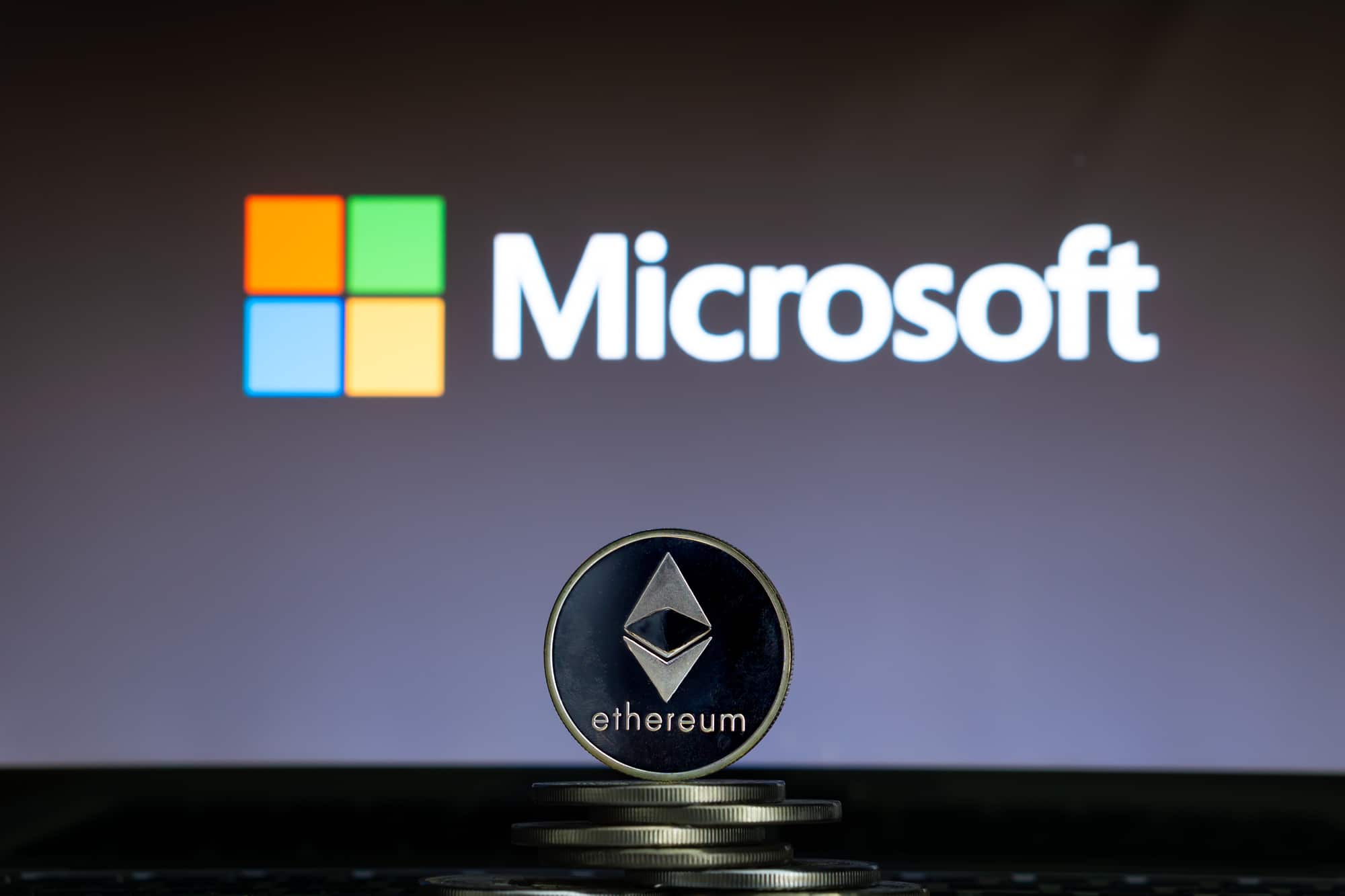Microsoft wants to use Ethereum’s blockchain to develop antipiracy campaigns for the Windows operating system and Office package.
It has declared in an official document the result of research with exponents of the University of Alabama and Carnegie Mellon University. The paper is titled “Argus: A Fully Transparent Incentive System for Anti-Piracy Campaigns.”
In the abstract of the paper, it states:
“In this paper, we present Argus, a fully transparent incentive system for antipiracy campaigns. The groundwork of Argus is to formulate the objectives for fully transparent incentive mechanisms, which securely and comprehensively consolidate the different interests of all roles. These objectives form the core of the Argus design, highlighted by our innovations about a Sybilproof incentive function, a commit-and-reveal scheme, and an oblivious transfer scheme. In the implementation, we overcome a set of unavoidable obstacles to ensure security despite full transparency. Moreover, we effectively optimize several cryptographic operations so that the cost for a piracy reporting is reduced to an equivalent cost of sending about 14 ETH-transfer transactions to run on the public Ethereum network, which would otherwise correspond to thousands of transactions. With the security and practicality of Argus, we hope real-world antipiracy campaigns will be truly effective by shifting to a fully transparent incentive mechanism.”
The Argus system is based on four pillars:
- full transparency,
- incentives,
- confidentiality of information,
- optimizations.
Among the main properties of Argus, there is precisely this system of incentives, which is explained as follows:
“Each individual informer’s interest is to maximize his own reward. What prevents an informer from creating multiple identities to make multiple reports, so that he gets multiple rewards but causes the owner’s estimation to be inflated? Note that an attack using multiple forged identities is often referred to as theSybil attack [9], [17]. In Argus, the incentive model ensures that the total reward of the informer and all his Sybils is less than the reward he would get without forging the Sybils. Inother words, our model disincentivizes Sybil attacks, so the informers’ interest is aligned with the owner’s. In addition, our model is superior to previous models because of several other properties for better incentives.”
In essence, this is a system that aims to protect intellectual property.
Microsoft’s return to the blockchain system
For Microsoft, the Argus project represents a return to blockchain technology.
It has long used it for its Azure cloud service in the past, then decided to decommission it, inviting its users to migrate their data to Quorum.



